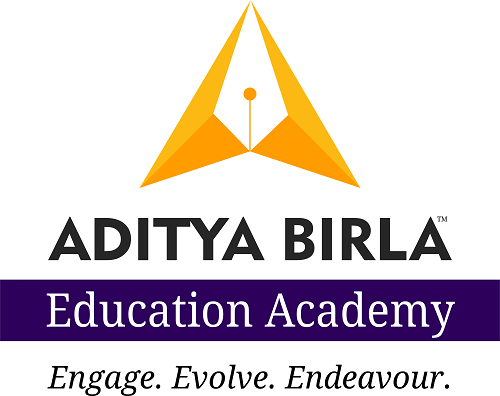What is Phonics?
Phonics is a method of teaching reading and writing that focuses on the sounds and relationships between written letters and spoken words. It is based on the understanding that letters or groups of letters (known as graphemes) represent sounds or phonemes, and that by learning to match these sounds with the appropriate graphemes, children can decode and read words accurately.
The basic principles of phonics involve breaking down words into their constituent sounds or phonemes and then matching these sounds with their corresponding graphemes. For example, the word "cat" can be broken down into three phonemes: /k/ /a/ /t/, and each phoneme can be represented by its corresponding grapheme: c, a, t.
Phonics instruction typically starts with teaching students the sounds associated with each letter of the alphabet, and then gradually building on this knowledge by introducing common sound patterns and letter combinations (such as "sh", "th", "ch", "ee", "oa", etc.). Students also learn to blend individual sounds together to form words and to segment words into their constituent sounds.
Phonics instruction is considered to be an effective method of teaching reading and writing, as it helps students to develop strong decoding skills and a solid understanding of how written language works. However, it is just one part of a comprehensive literacy program that also includes opportunities for students to develop their comprehension, fluency, and vocabulary skills through a range of reading and writing activities.
Let us discuss a real-life example of the benefits of the Phonics
A primary school in a small town in India. The school had a dedicated team of teachers who were committed to providing their students with the best education possible. However, they noticed that many of their students were struggling with reading and writing.
The teachers realized that they needed to find a way to help their students develop their literacy skills more effectively. They decided to introduce phonics instruction in their classrooms. Phonics is the teaching of the relationship between sounds and the letters that represent them.
At first, the students were skeptical about this new approach to learning. But the teachers were patient and persistent, and they gradually introduced the students to the sounds of letters and how to blend them together to read words.
As the students learned more about phonics, they began to recognize words more quickly and accurately. They also began to spell words more accurately and write more fluently.
The teachers noticed a significant improvement in their students' reading and writing abilities. The students were more confident in their abilities and began to enjoy reading and writing more than before.
One student, in particular, stood out. A girl named Priya (name changed) had always struggled with reading and writing. But with the help of phonics instruction, she began to improve rapidly. She started reading books on her own and writing stories that amazed her teachers.
Teacher training organisations like Aditya Birla Education Academy always focus on these aspects for the overall development of a child.
Why do children need Phonics in the initial stages?
The foundation for a child's future learning and development is laid in their early years, particularly during the primary school years. This is when children develop the essential skills and knowledge that they will build on in the future.
During this period, children develop foundational skills such as literacy, numeracy, and social-emotional skills. They also develop critical thinking and problem-solving abilities, which are essential for success in the future.
The primary school years are also a time when children begin to develop their interests and passions. They learn about different subjects and topics and explore various activities and hobbies. These experiences help to shape their future interests and career paths.
Moreover, the quality of education that children receive during these years can have a significant impact on their future success. A strong foundation in the primary school years can lead to better academic performance, increased confidence, and greater opportunities for the future.
Phonics is an essential aspect of primary education and plays a crucial role in developing children's reading and writing skills. Phonics is the teaching of the relationship between sounds and the letters that represent them.
Here are some of the reasons why phonics is important in primary classrooms:
-
1. Developing reading skills:
Phonics instruction helps children to develop their reading skills by teaching them the sounds of letters and how to blend them together to read words. This approach helps children to recognize words quickly and accurately, which is essential for fluent reading.
-
2. Improving spelling and writing:
Phonics instruction also helps children to improve their spelling and writing skills. By understanding the sounds of letters, children can spell words more accurately and write more fluently.
-
3. Building vocabulary:
Phonics instruction helps children to build their vocabulary by teaching them the meanings of words that are related to specific sounds. This approach helps children to develop their comprehension skills, which is essential for success in all subject areas.
-
4. Enhancing confidence:
Phonics instruction can help children to feel more confident in their reading and writing abilities. As children become more proficient in phonics, they are better able to read and understand texts, write stories and essays, and communicate effectively with others.
Overall, phonics instruction is a critical component of primary education. It helps children to develop their reading, writing, and vocabulary skills, which are essential for success in all subject areas. By using phonics instruction in the classroom, teachers can help children to become confident and proficient readers and writers.







